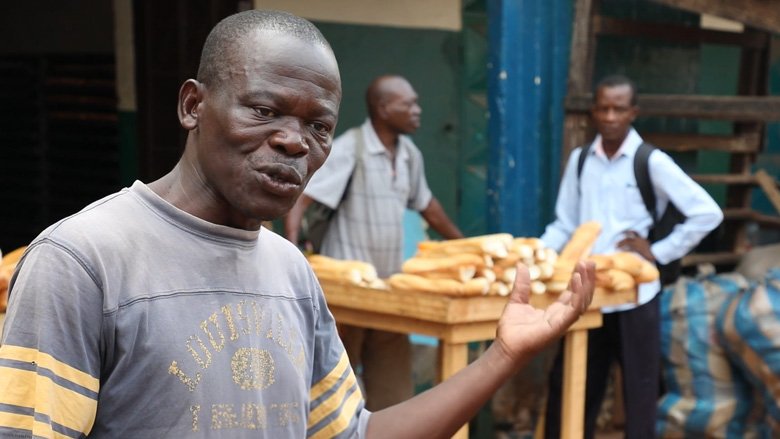This morning in the Central Market of Bangui, many shoppers are sharing their concerns and daily struggles of putting enough food on the table for their families as food prices have increased over the past 12 months.
Food security in the Central African Republic has tipped to the point of emergency. Estimates show that approximately 2.4 million people suffer from food insecurity and nearly 300,000 children under five are estimated to suffer from severe acute malnutrition. Challenges people face every day have worsened due to more than 20% increase in key food prices over the past five years, and almost half of the Central African population is unable to meet its minimum daily food requirements.


